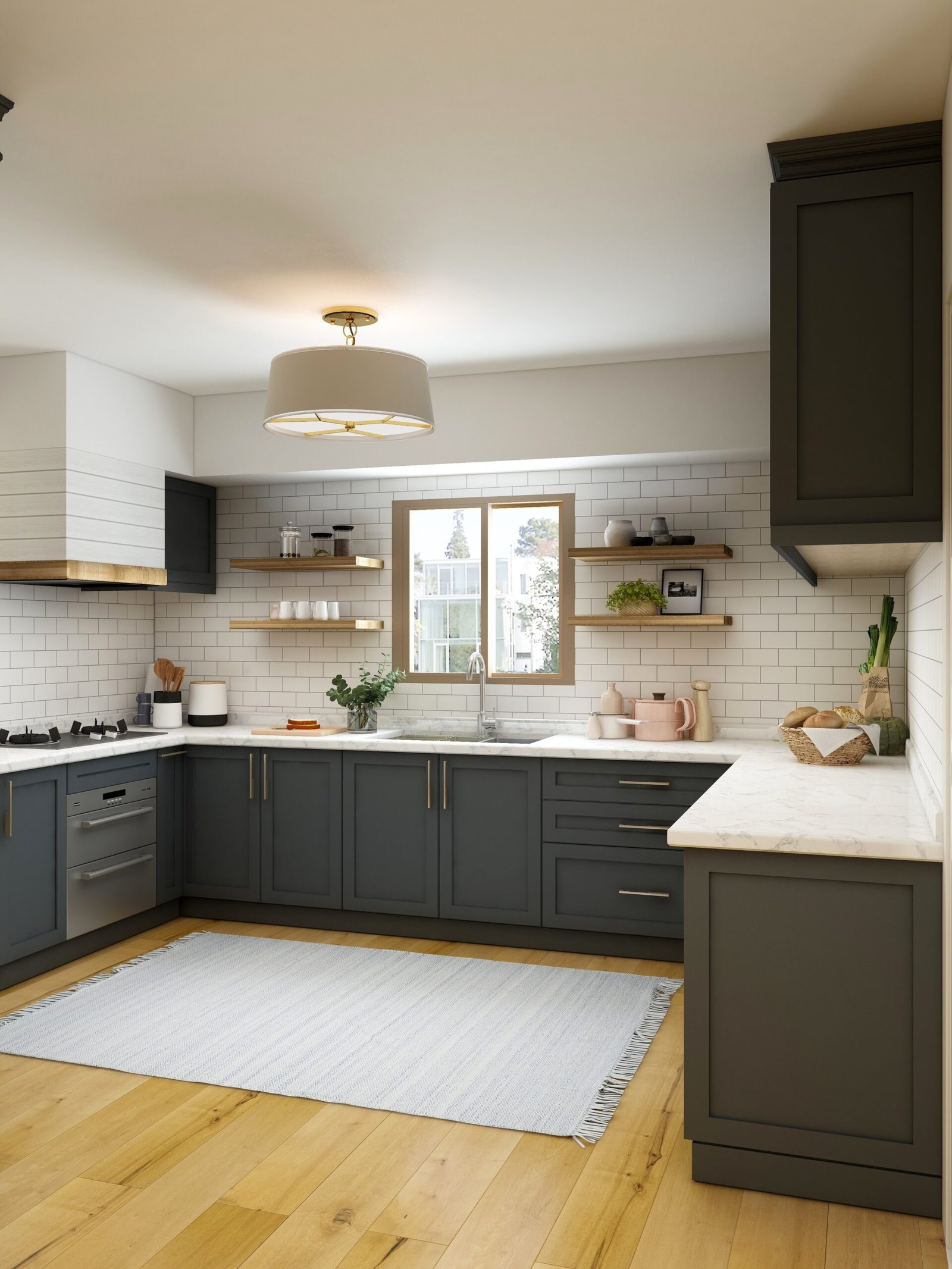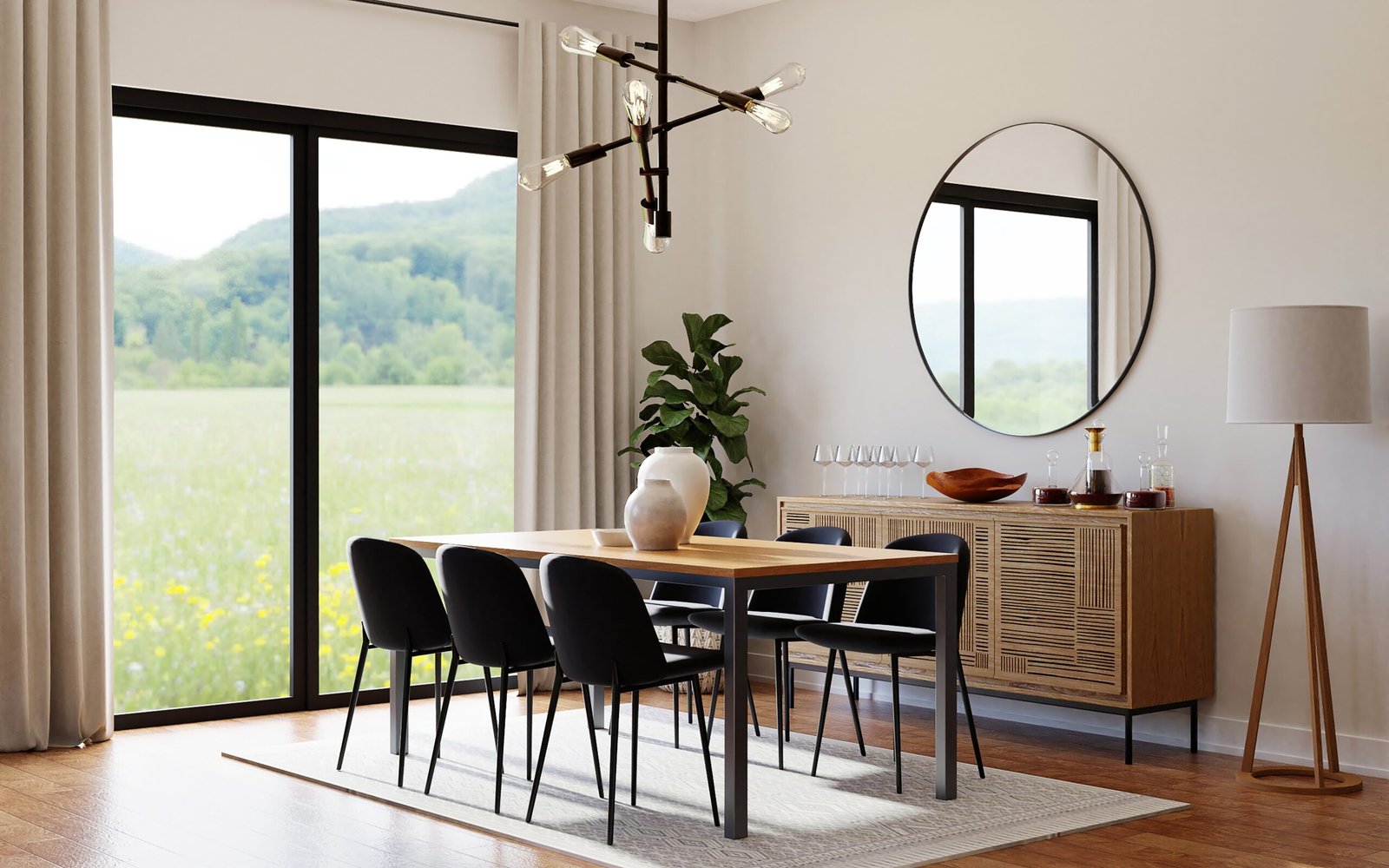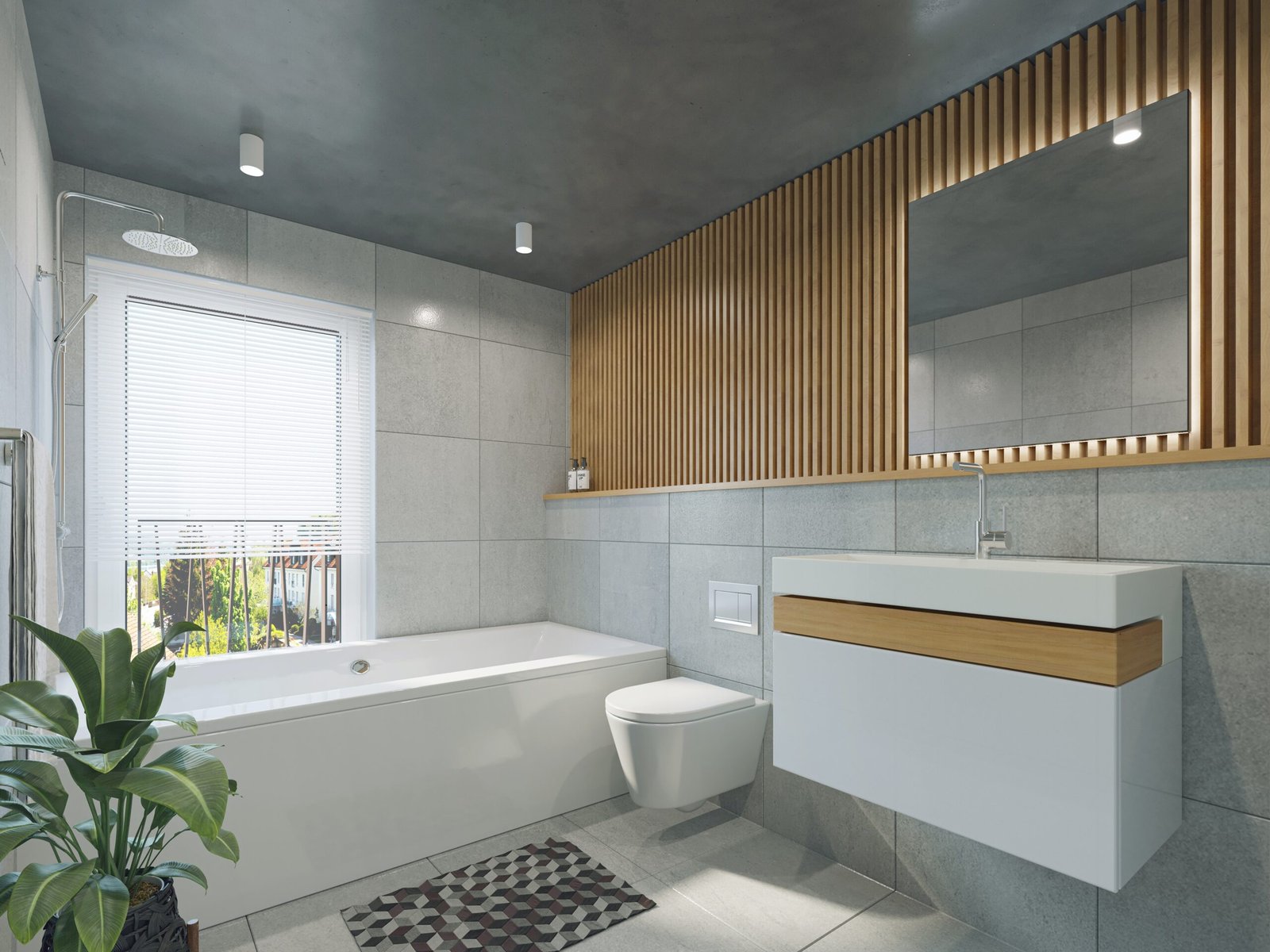How to Planning For a Building Plan
Introduction
How to Planning for a Building Plan, it is an essential and exciting process that lays the foundation for creating the perfect home. Whether you are embarking on the journey of building a new house, renovating an existing one, or simply redesigning your living space, thoughtful planning is the key to turning your dreams into reality. This intricate process involves a harmonious blend of creativity, functionality, and practicality, all aimed at crafting a space that suits your lifestyle, meets your needs, and reflects your unique personality.
In this ever-evolving world of architecture and interior design, house planning has evolved beyond mere blueprints and floor plans. It now encompasses sustainable and energy-efficient solutions, innovative technology integration, and the consideration of changing family dynamics and lifestyles. The goal of house planning is not just to create a structure, but to craft a living environment where comfort, aesthetics, and efficiency coexist seamlessly.
From envisioning the layout of your rooms to selecting the right materials and finishes, from optimizing spatial flow to addressing environmental concerns, every decision made in the planning phase contributes to the overall success of your home project. House planning is a journey that requires careful consideration of your budget, timeline, and specific requirements, ensuring that your house becomes a place where cherished memories are made, and your vision of the ideal home comes to life.
In this exploration of house planning, we will delve into the various aspects that make up this intricate process, offering guidance, inspiration, and practical advice to help you embark on your home-building or renovation journey with confidence. So, let’s embark on this exciting voyage of house planning, where your imagination meets the world of architectural possibilities, and together, we’ll craft the home you’ve always dreamed of.
Table of Content-
-
House Plan
-
Rooms in a House
- Verandah
- Living room
- Bedroom
- Kitchen
- Dining room
- Pooja room
- Bathroom
How to Planning for a House Plan
Before constructing a house, it should be planned and presented in a drawing form on a paper. Following details could be obtained from the plan of a house.
- General arrangement of all the rooms in the house.
- The length and width of rooms.
- Wall thickness
- The number & positions of doors, windows and cupboards
Hence, arrangement of rooms in a proper way becomes the important feature in house planning.
Verandah:
A verandah is constructed in the entrance of a house. It is beneficial in the following ways.
- Strange people could be seated in verandah.
- Articles like umbrella, walking stick and chappals could be left in the verandah. Also bicycles and two wheelers could be parked in it.
- It is the place where family members get together and sit during evenings or nights to obtain fresh breeze.
- Pet animals could be tied in the verandah.
- It is the place where plants could be grown in pots.
- Verandah at the back of the house could be utilized for drying clothes and utensils after washing.
- Care should be taken to see that the span of the verandah does not exceed 3 m.
Living room:
The room next to the front verandah is the living room.

- This room is also called as drawing room.
- A living room should fulfil the various desires of the family members. For example: It should be sufficient enough for all the family members to get together and enjoy, for hospitality of guests, for little children to play, for reading newspaper, for listening music, etc.
- Sometimes the living room is utilized for small parties. (e.g.) Birthday party.
- Due to shortage of space in certain houses, the living room is utilized as study room and bedroom during nights. Sometimes it gets converted as a guest room.
- The living room should expose the general attitude of the family. It should provide a warm reception to the guests.
- It should possess sufficient lighting, good ventilation and healthy atmosphere.
- A living room should not be less than 4.5 m in length and 3.6 m in breadth. The shelves constructed in the walls should not be less than 0.9 m in width.
- For privacy, the door of the living room should be positioned in a corner and not at the centre.
- Based on the size of living room, furniture should be placed to derive maximum benefits and comforts. Following are some of the furniture and articles that could be placed in a living room. Sofa for comfortable seating and discussion, easy chair for relaxation, teapoy for necessary hospitality to guests, table and chair for studying, television for entertainment, built – in cupboard for placing articles.
- A living room could further be decorated by suitable pictures, flower arrangements, carpets, etc. Artistic items and sculptures could be neatly arranged in a showcase or shelf that is available in a living room.
Bedroom:

- People spend one- third of their lifetime in sleeping.
- A bedroom is not only utilized for sleeping, but it is also used for storing dress materials and for dressing.
- Generally, a room of size 4.5 m × 3.6 m is ideally suited for bedroom.
- Care should be taken to see that the width of the bedroom should not be less than 3 m.
- A rectangular shape offers better comfort than a square shaped bedroom.
- Air circulation is most important for a bedroom. This room should be oriented towards the wind direction.
- For privacy the door of the bedroom should be positioned in a corner. So that, the cot inside the bedroom is not visible from outside while opening the door.
- It is necessary to provide a small bathroom cum water closet adjacent to the bedroom.
- Bedspreads, pillow covers, dress materials, etc., can be stored in built-in cupboards or shelves.
- A small table and chair could be arranged adjacent to the cot for various purpose like reading, placing a table lamp, flower vase, etc.
Kitchen:

- Kitchen is supposed to be the major work area for the women in the house. In this place the food for the entire family is being cooked.
- In this room, Provisionals, utensils, etc., are stored and electrical appliances for cooking like grinder, mixie, etc., are used.
- Sometimes kitchen is also used for dining purpose.
- Women spends most of her times in kitchen, hence care should be taken to see that the kitchen is spacious with sufficient air circulation and sunlight.
- The kitchen should be oriented towards south-east direction for sufficient sunlight to enter during the day. This purifies the air and provides warmth in the room. In the evenings the kitchen becomes cooler.
- The size of the kitchen should be appropriately fixed for efficient functioning. It should neither be too big nor too small.
- A kitchen should be constructed atleast to a size of 2.4 m × 3 m (or) 3 m × 3.6 m.
- Major three work centres to be arranged in a kitchen are a) preparation centre, b) cooking centre and c) washing centre.
- Unnecessary walking within the kitchen could be avoided if work centres are properly planned and positioned.
- The items required for the corresponding working centres should be made available in the respective centres. For this cupboards/shelves should be constructed near it.
- A platform at a convenient height, should be placed so as to facilitate for standing and cooking. It helps to cook with ease and without getting tired.
- A kitchen platform for better performance could be in the form of L or U.
Dining Room:

- This room should be arranged adjacent to the kitchen. Only then it will be easy to serve the cooked food.
- If properly planned, the closed verandah adjacent to kitchen could also be utilized for dining purposes.
- Nowadays, people use tables and chairs for dining. Hence a rectangular shaped dining room with a rectangular dining table in it with dining chairs around will be ideal and convenient.
- Chairs should be placed so as to provide maximum comfort while dining.
- The dining place should have adequate sunlight and air circulation with pleasing look.
- The dining room should always be kept clean and tidy so that flies, cockroaches, etc., are avoided.
Pooja room:
In every house there should be a small space for worshipping god. Hence, a Pooja room for worshipping god could be planned in a calm portion of the house.
Bath room:

- The main objective of this room is to provide adequate facilities for taking bath and washing clothes. Therefore, the size and shape of this room should be sufficient enough to offer the above facilities.
- The size of the bath room should meet the standards.
- A place has to be provided to keep soap, towel, tooth brush, tooth paste, etc.
- Proper ventilation should be provided.
- The floor of the bathroom should be non-slippery, it should not catch stains and should be easily washable.
- Porcelain tiles could be affixed on the wall from the floor to a height of 2 m, so that its glossy exterior will not catch stains easily and the bathroom will always look clean.
- In modern residential buildings, particularly in big houses, bathroom and water closet are combined in a single room and attached to the master bedroom. Still, it is essential to have a common bathroom and toilet.









